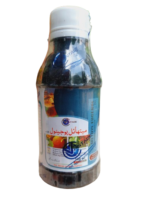
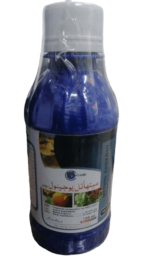
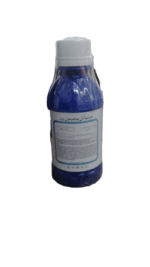
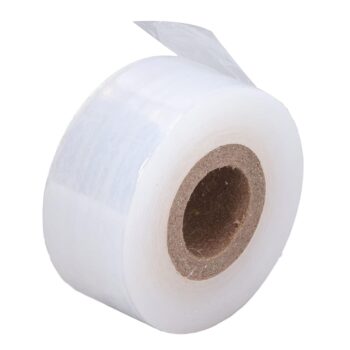
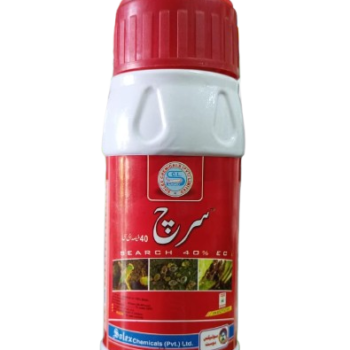
Methyl Eujenol 100ml | Methyl Eugenol Fruit Fly Attractant – Effective Bactrocera Control for Orchards & Gardens
₨ 1,400 Original price was: ₨ 1,400.₨ 800Current price is: ₨ 800.
-
🐝 Highly Selective – Attracts male Bactrocera and white fruit flies only
-
🎯 Dual-Action Attractant + Toxicant – Lures, traps & kills
-
🍏 Protects Crops – Ideal for orchards, vineyards & gardens
-
👨🌾 Environmentally Friendly – Safe for plants and beneficial insects
-
🔄 Easy to Use – Just add a few drops in traps
-
🧊 Long-Lasting Control – Replace bait bi-weekly for sustained results
Table of Contents
Toggle### Methyl Eugenol – Natural & Targeted Fruit Fly Attractant for Orchards, Vineyards, & Gardens
🛑 Product Overview
Methyl Eugenol is a powerful natural attractant derived from aromatic plants such as nutmeg, cinnamon, and basil. It has earned its reputation as the most effective pheromone mimic to manage male fruit flies—especially dangerous species like Oriental fruit fly (Bactrocera dorsalis), Mediterranean fruit fly (Ceratitis capitata), and white fruit flies. Blended with a suitable toxin in traps, it draws these pests in and eliminates them completely. The result: healthier fruit trees, improved yields, and minimal environmental impact.
🔬 Mode of Action – Why It Works So Well
🎯 Pheromone Mimic
Methyl Eugenol effectively mimics the sex pheromone of male fruit flies. The chemical lures them from long distances into specially placed traps, creating a precise targeted control system.
🧠 Behavioral Disruption
Once inside the trap, male fruit flies feed on a toxic solution mixed with Methyl Eugenol. This contaminates them, and since flies often groom each other, the poison moves through the colony—achieving a “domino effect” that suppresses or eliminates entire fly populations.
🦋 Minimal bycatch
Beneficial insects—like bees, butterflies, and ladybugs—aren’t attracted to Methyl Eugenol. This means you suppress fruit flies without collateral damage to your garden’s pollinator community.
🌽 Where to Use – Versatile & Precision-Based
🍏 Orchards & Fruit Groves
Guard apples, peaches, mangoes, citrus, and pears from fly infestations during ripening season.
🍇 Vineyards
Protect grapes and wine berries—an important quality control step in vineyards—by blocking pest populations early.
🥕 Vegetable Gardens
Utilize near tomatoes, peppers, cucumbers, and eggplants—sap-sucking pests often invite secondary fruit fly infestations.
🌿 Greenhouses & Nurseries
Ensure healthy plant propagation by eliminating fruit flies before they infiltrate seedlings.
🐛 Post-Harvest Handling
Position traps in storehouses, packing sheds, and processing areas to prevent fruit fly infestation beyond harvest.
⚙️ Application Guidelines – Step-by-Step
🎯 Concentration & Bait Preparation
-
Use 10–15 ml of Methyl Eugenol per trapping unit.
-
Combine with a protein bait or food-grade toxicant (e.g., borax/pyrethroid).
-
Stir thoroughly and add trap attractant to liquid reservoir.
🧲 Trap Placement
-
Install traps within 1–2 meters of fruit-bearing plants or storage zones.
-
Opt for canopy-level placement for best attraction.
-
For commercial plantings: place 1 trap per 200–300 m², or 1 trap per 10–20 trees.
🔁 Refreshing & Maintenance
-
Replace bait every 10–14 days, or sooner if liquid evaporates.
-
Remove and properly dispose of dead flies weekly to maintain trap efficacy.
📆 Timing & Monitoring
-
Begin before fruit ripening to intercept early populations.
-
Continue trapping for 4–6 weeks after harvest to reduce overwintering.
-
Use catch data to monitor population trends and optimize IPM strategies.
✅ Key Benefits – What Sets It Apart
-
Selective fruit fly attraction with zero impact on non-target species.
-
Reduced pesticide usage—no need for broadcast sprays.
-
Active and passive protection—both bait and habitat-level defense.
-
Extends fruit shelf life by preventing hidden larvae infestation.
-
Low-cost investment, high ROI through crop quality.
-
Compatible with organic and IPM protocols.
🌿 Environmental & Safety Impact
🌍 Eco-Conscious Solution
Methyl Eugenol’s concentrated attractant approach requires 10–100x less active ingredient compared to conventional sprays—dramatically lowering pesticide load.
🤝 Pollinator Safety
As it’s species-specific, pollinators remain unaffected, promoting better fruit set and harvest yield without ecological disruption.
⚠️ Safety Best Practices
-
Use gloves and eye protection during preparation.
-
Avoid contamination of food and water. Do not use within 3 meters of edible surfaces.
-
Store sealed and shaded to preserve scent and potency.
-
Dispose of spent bait responsibly—burying or composting is best.
🔄 Integrating into Integrated Pest Management (IPM)
-
Monitoring
Early detection with traps helps alert to incipient infestations—allowing rapid intervention. -
Preventive Use
Position traps before flowering or fruit setting to establish deterrent presence. -
Supplementing Crop Protection
Combine Methyl Eugenol trapping with other measures (e.g., beneficial insects, horticultural oils). -
Season-Long Management
Use in rotation with action sprays (e.g., spinosad) as part of scouting-based pesticide applications.
📊 Comparative Overview
| Aspect | Methyl Eugenol | Broadcast Sprays |
|---|---|---|
| Selectivity | Fruit flies only | Broad-spectrum; kills everything |
| Harm to beneficials | Negligible | High—kills pollinators |
| Application frequency | Every 10–14 days | 3–4 sprays per season |
| Fruit residue | None | Possible residues |
| Monitoring capability | Yes—catch data | No |
| Environmental impact | Very low | Medium to high |
🐛 Target Species
-
Oriental fruit fly (Bactrocera dorsalis)
-
Mediterranean fruit fly (Ceratitis capitata)
-
White fruit fly (Bactrocera correcta / B. umbrosa)
-
Mango fruit fly (Bactrocera dorsalis variants)
-
Often effective in male-biased species-specific suppression systems
🛎️ FAQs
Q1. Can I use this without a toxicant?
Yes—but you’ll only trap males. To eliminate them, add a minimal toxicant dose like borax or insecticidal oil.
Q2. Is it safe around pets?
Yes, so long as pets can’t access bait directly. Avoid ingestion.
Q3. Can it be combined with other IPM tools?
Absolutely. Combining with sticky traps, beneficial insect release, or perimeter sprays is encouraged.
Q4. Do fruit flies develop resistance?
Unlikely, as the attractant mode bypasses typical resistance mechanisms.
Conclusion
Methyl Eugenol offers a transformative approach to fruit fly control. Unlike traditional insecticides, it is species-targeted, eco-friendly, and highly effective, addressing the silent threat Bactrocera spp. poses to fruit crops.
From orchard managers to home gardeners, it ensures protection for crop yield and quality. It’s effective and sustainable, with minimal environmental footprint and maximum crop preservation.
To start: select the right trap container (McPhail or Jackson-type), add Methyl Eugenol and toxic bait, maintain it regularly, and allow it to safeguard your harvest season by season.
When fruit health and quality matter most, rely on Methyl Eugenol Fruit Fly Attractant—smart, simple, and superior pest control.
https://gardenhubcare.com/product-category/agricultural-insectcides/
https://www.facebook.com/profile.php?id=61559869147584
| Weight | 0.15 kg |
|---|
You must be logged in to post a review.
Related products
Current 15% – Lambda Cyhalothrin 15% Insecticide Powder for Fast Household & Farm Pest Control
Current 15% – Lambda Cyhalothrin 15%
-
✅ Lambda Cyhalothrin 15% – Effective pyrethroid-based insecticide.
-
✅ Quick knockdown – Instantly kills mosquitoes, flies, ants & more.
-
✅ Residual effect – Keeps pests away for days.
-
✅ Use indoors & outdoors – Homes, gardens, farms, and warehouses.
-
✅ Economical & easy to apply – Low dosage, wide coverage.
-
✅ Targets 10+ pest types – Cockroaches, termites, beetles, etc.
Delta Nor EC 15 | Deltamathrin 1.5 % EC/ Best insectcides Spray for Mosquitos, Cockroaches, Flies, Bed Bugs Etc
- Mosquitoes
- Flies
- Wasps & Ants
- Hornets
- Moths
- Booklice
- Silverfish
- Bedbugs
- Cockroaches
Delta-Hit 1.5% EC | Active Ingredient # Deltamathrin1.5%EC | Best Spray For Mosqutios ( Demgue +Malaria) Cockroaches, Flies, and Other Insects
Delta-Hit 1.5 EC
- Formulated with 1.5% Deltamethrin for rapid insect knockdown.
- Instantly kills mosquitoes, flies, cockroaches, and other pests.
- Provides long-lasting protection for weeks after application.
- Ideal for use in homes, restaurants, hospitals, schools, and offices.
- Available in 3 convenient pack sizes: 1 Liter, 500ml, and 250ml.
- Low odor formula ensures user comfort and minimal disturbance.
Guardian Permethrin 2.5% EC – Fast & Long-Lasting Insect Control for Homes & Workplaces
-
⚡ Kills Insects Instantly – Fast knockdown on contact
-
🛡️ Lasting Protection – Forms a residual barrier against pests
-
🧪 Active Ingredient: Permethrin 2.5% EC
-
🏠 Ideal for Homes, Offices, Warehouses, and Public Areas
-
💧 Easy to Mix & Spray – Water-emulsifiable concentrate
-
👨👩👧👦 Low Toxicity – Safe when used as directed
Max 3 – High-Potency Insecticide with Permethrin, Deltamethrin, Tetramethrin & PBO for Fast Pest Elimination
-
⚡ Triple Action: Permethrin, Deltamethrin & Tetramethrin
-
🔬 Enhanced with PBO for maximum effectiveness
-
🦟 Instantly kills mosquitoes, flies & other insects
-
🏠 Ideal for homes, hotels, restaurants & warehouses
-
🔒 Long-lasting protection against reinfestation
Spark 15% – Advanced Lambda Cyhalothrin 15% Powder Insecticide for Mosquitoes & Flies
Tiger 50EC | Best Product for Insect specially Cokroaches, files,dengue mosquitos, malaria
TIGER 50EC
- Instant Knockdown Power: Kills mosquitoes, flies, cockroaches, and more on contact.
- Advanced Organophosphate Formula: Ensures maximum insect mortality and fast action.
- Dual Action Mode: Contact kill plus fumigant effect for deep pest control.
- Wide Coverage: Effective in homes, hospitals, restaurants, warehouses & hotels.
- Safe for Indoor Use: Leaves minimal odor when used as directed.
- Available in 3 Sizes: Choose from 1L, 500ml, or 250ml for your specific needs.

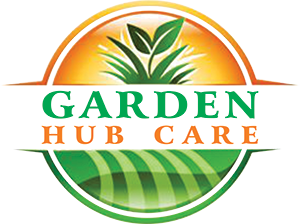
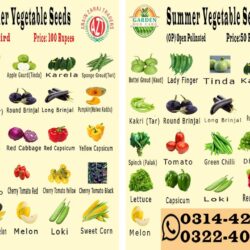 Summer Vegetable Seed
Summer Vegetable Seed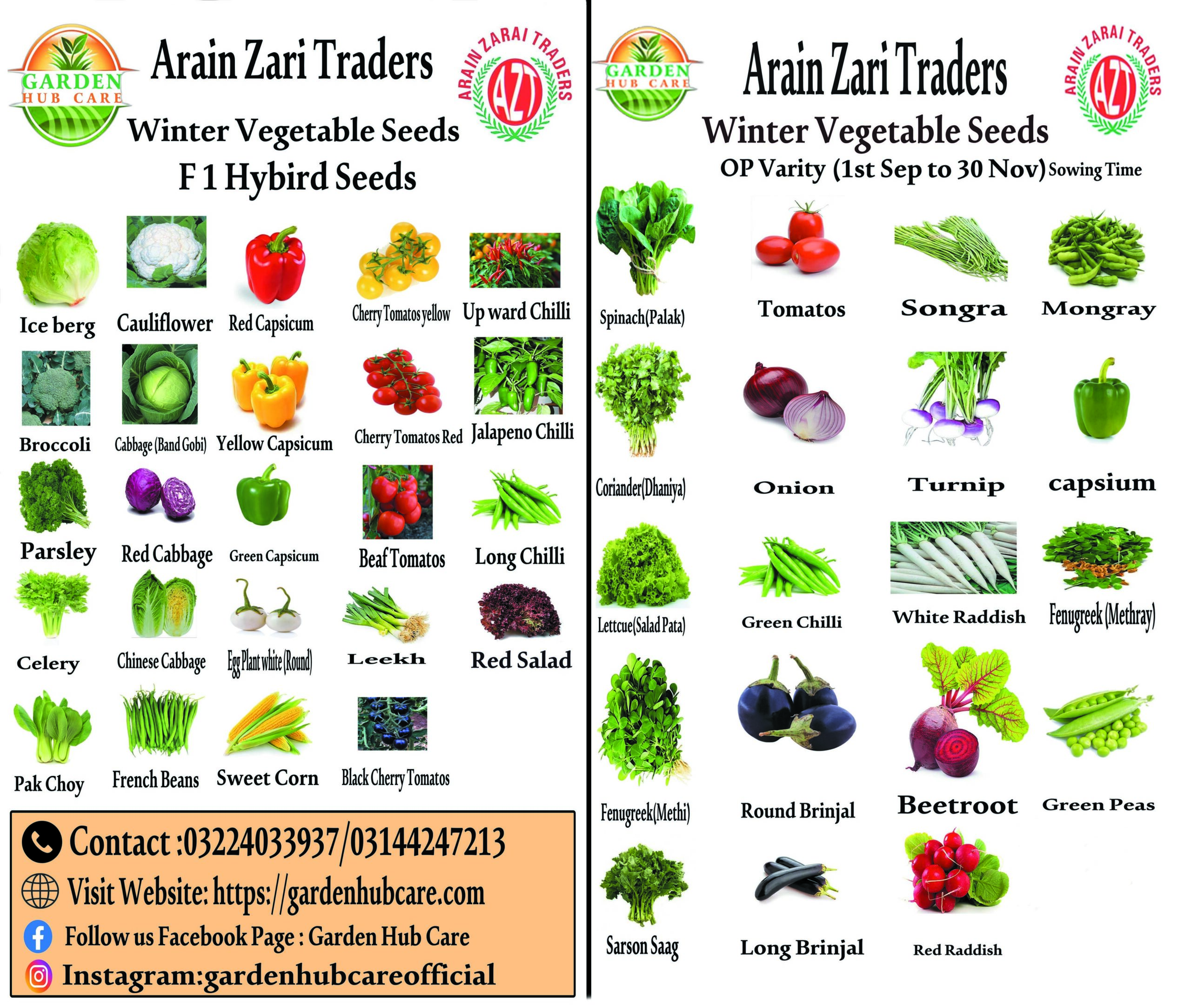 Winter Vegetable Seed
Winter Vegetable Seed Summer Flower Seed
Summer Flower Seed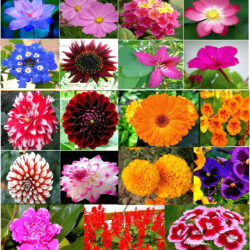 Winter Flower Seed
Winter Flower Seed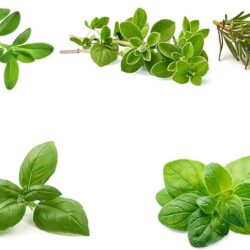
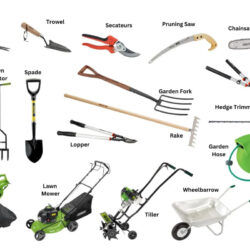
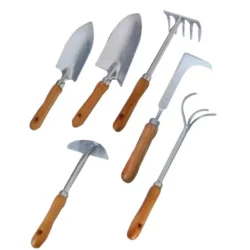 Desi Garden Tools
Desi Garden Tools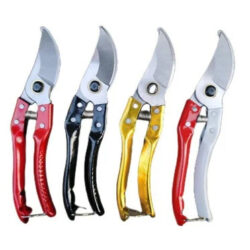 Flower Cutter
Flower Cutter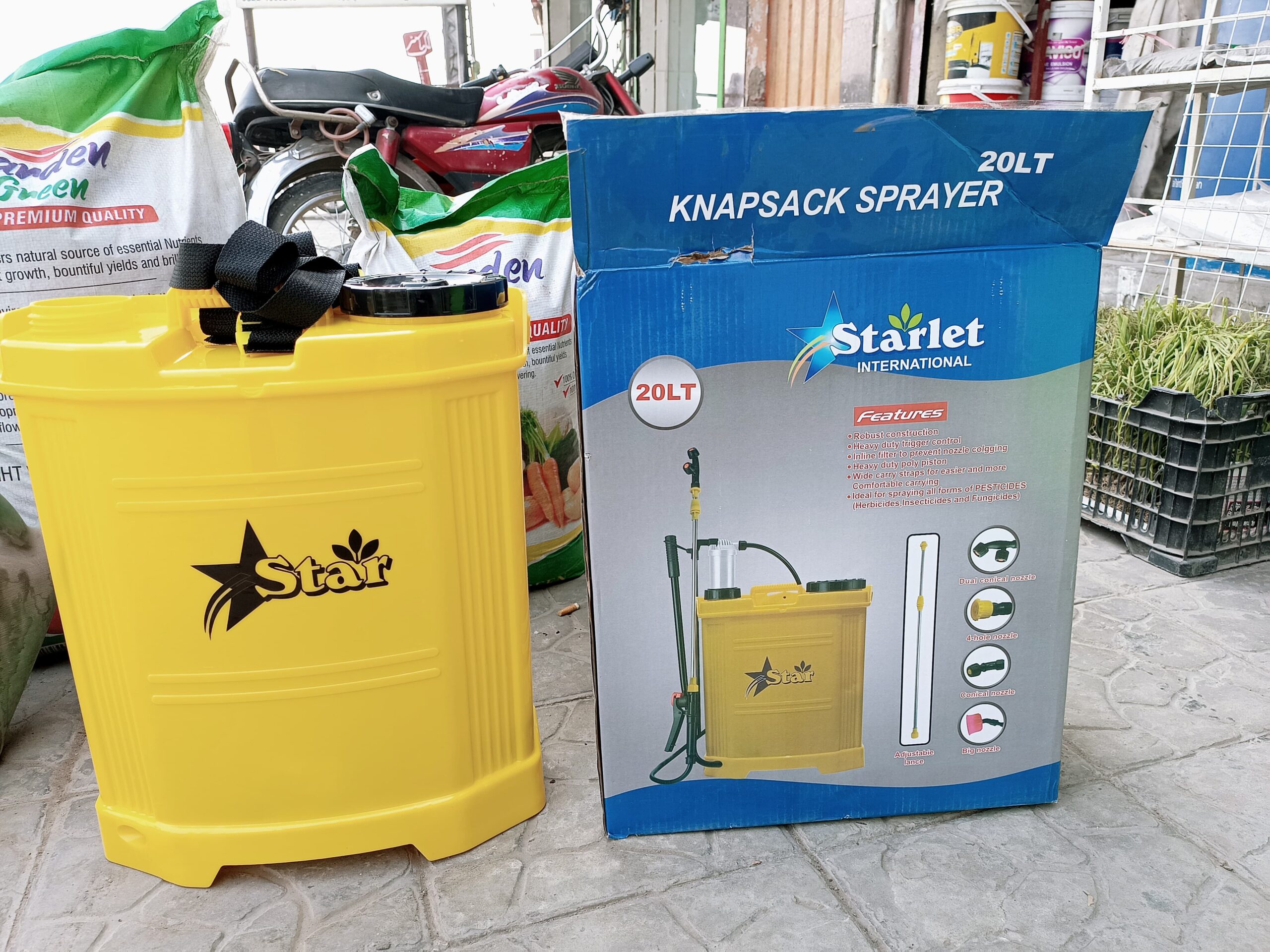 Spray Machine
Spray Machine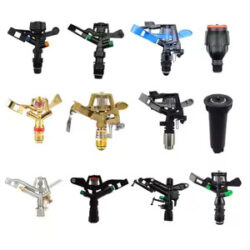 Sprinkler
Sprinkler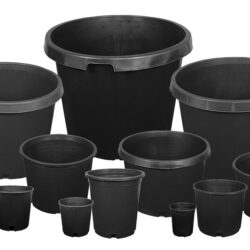
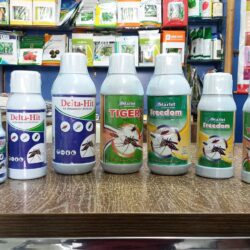
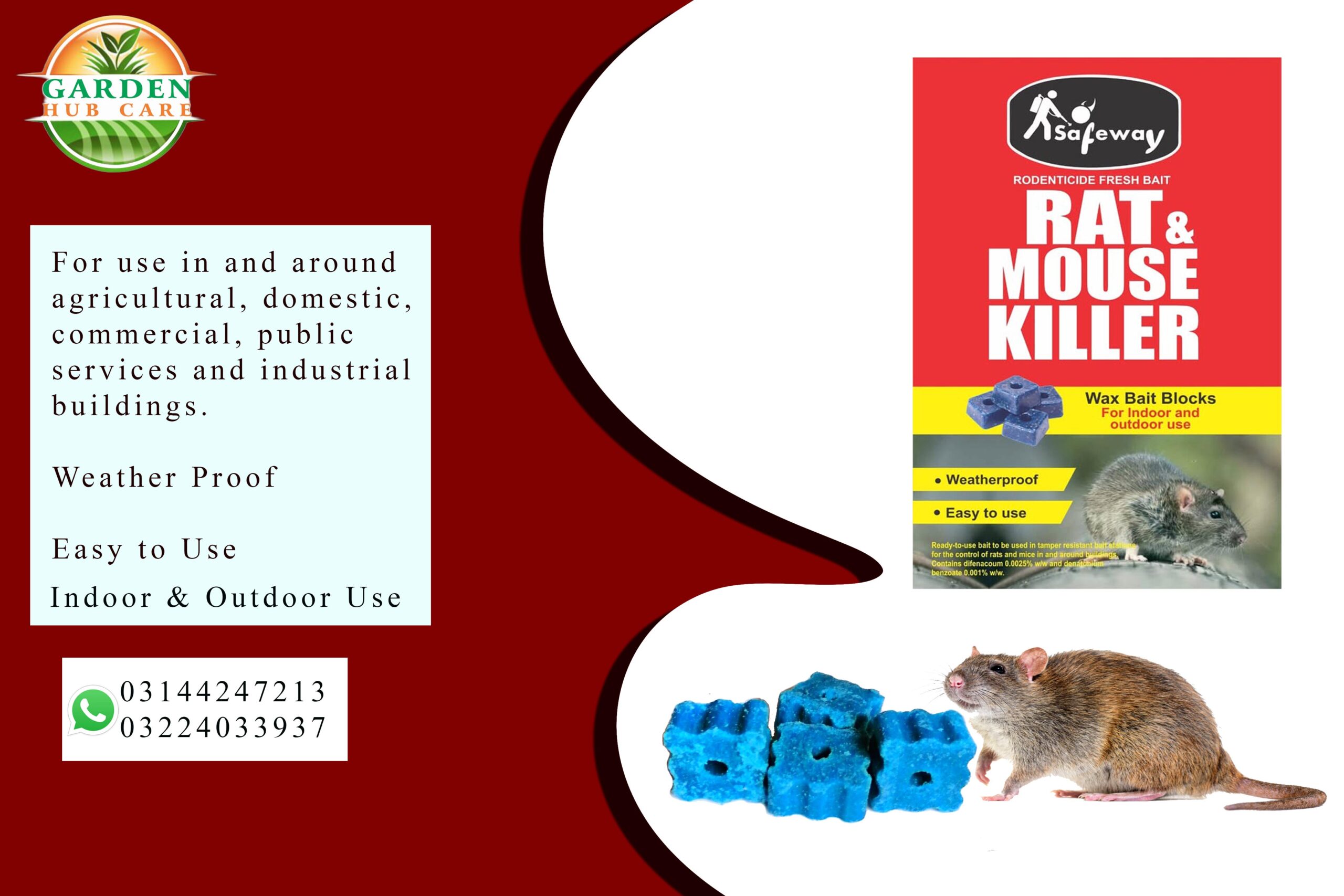 Rodents
Rodents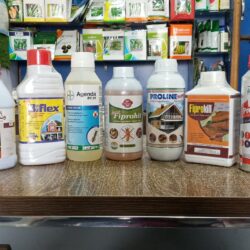 Termite
Termite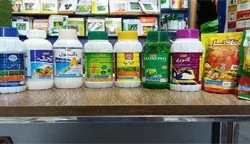
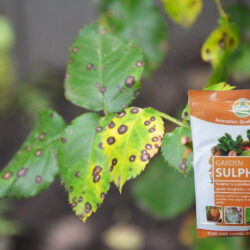 Fungicide
Fungicide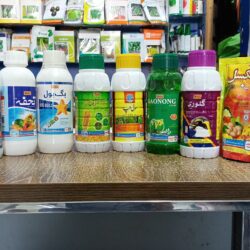 Insecticides
Insecticides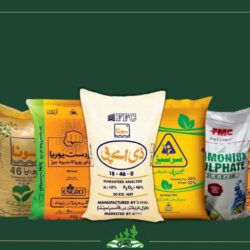 Fertilizers
Fertilizers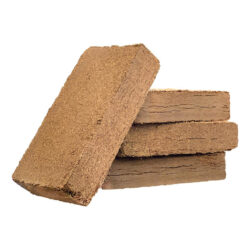
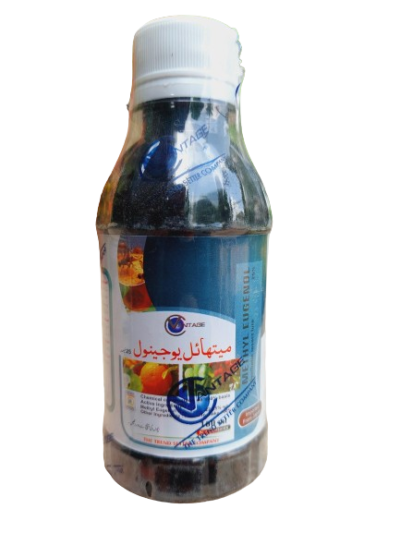
![[removal.ai]_01bdf1e9-2bd8-4d97-9516-6a47b6263e49-whatsapp-image-2024-05-14-at-5-02-20-pm Methyl Eujenol 100ml | Methyl Eugenol Fruit Fly Attractant – Effective Bactrocera Control for Orchards & Gardens - Image 2](https://gardenhubcare.com/wp-content/uploads/2024/05/removal.ai_01bdf1e9-2bd8-4d97-9516-6a47b6263e49-whatsapp-image-2024-05-14-at-5-02-20-pm.png)
![[removal.ai]_847efde0-e135-4f57-938f-4a02c8fc7fd1-whatsapp-image-2024-05-14-at-5-02-20-pm-2 Methyl Eujenol 100ml | Methyl Eugenol Fruit Fly Attractant – Effective Bactrocera Control for Orchards & Gardens - Image 3](https://gardenhubcare.com/wp-content/uploads/2024/05/removal.ai_847efde0-e135-4f57-938f-4a02c8fc7fd1-whatsapp-image-2024-05-14-at-5-02-20-pm-2.png)


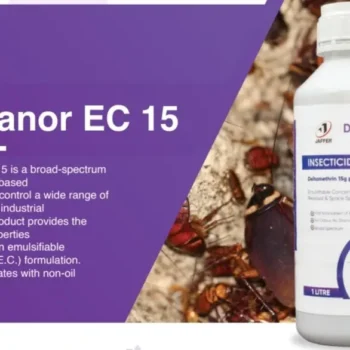
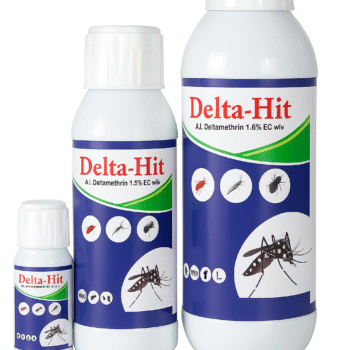
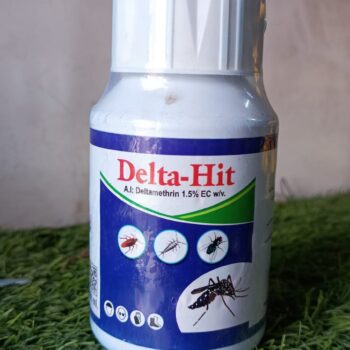

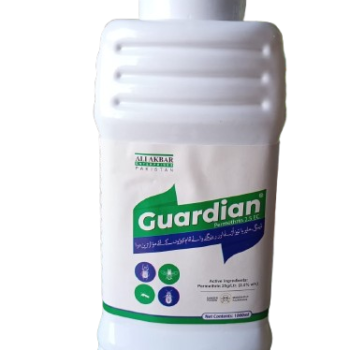

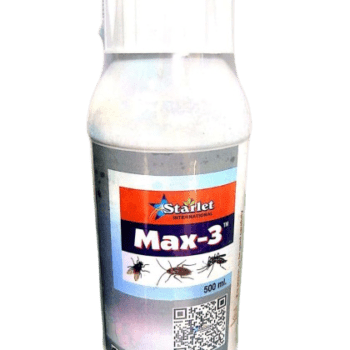
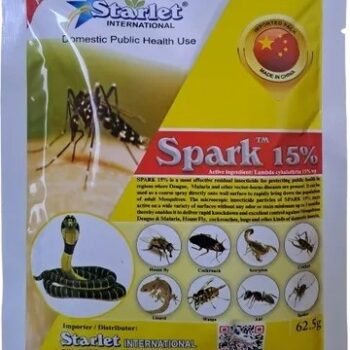


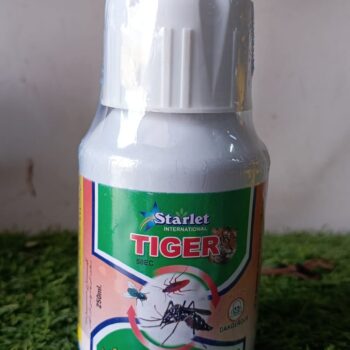
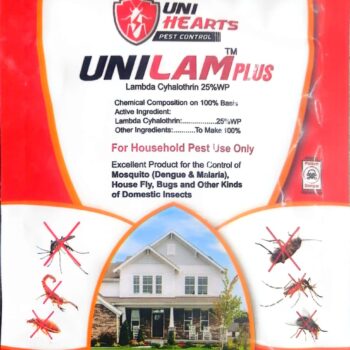
Reviews
There are no reviews yet.